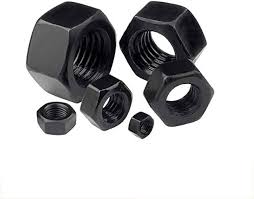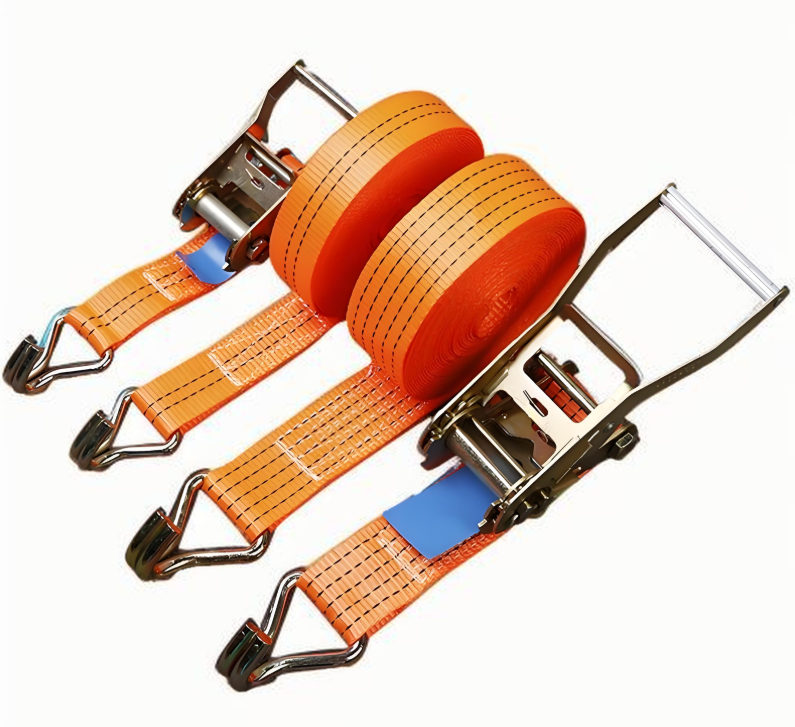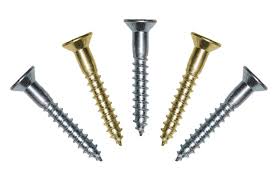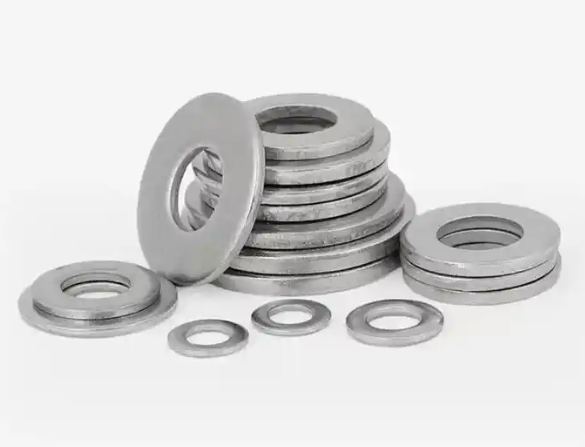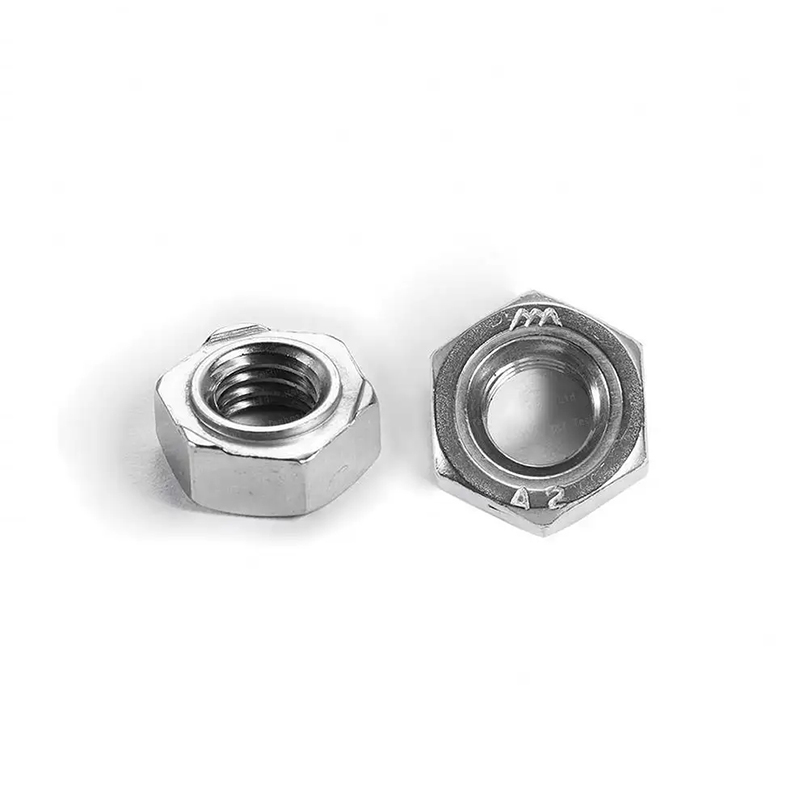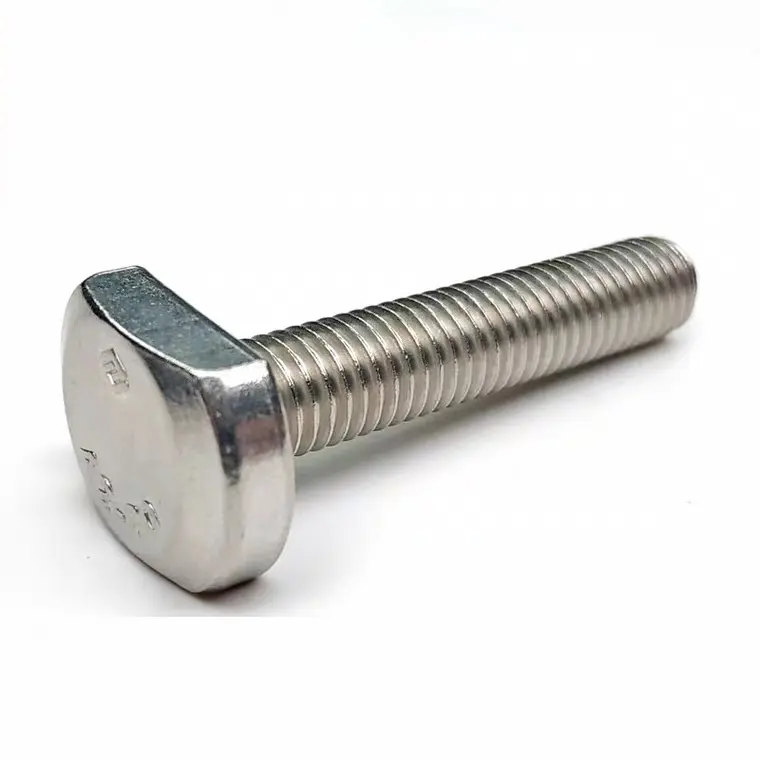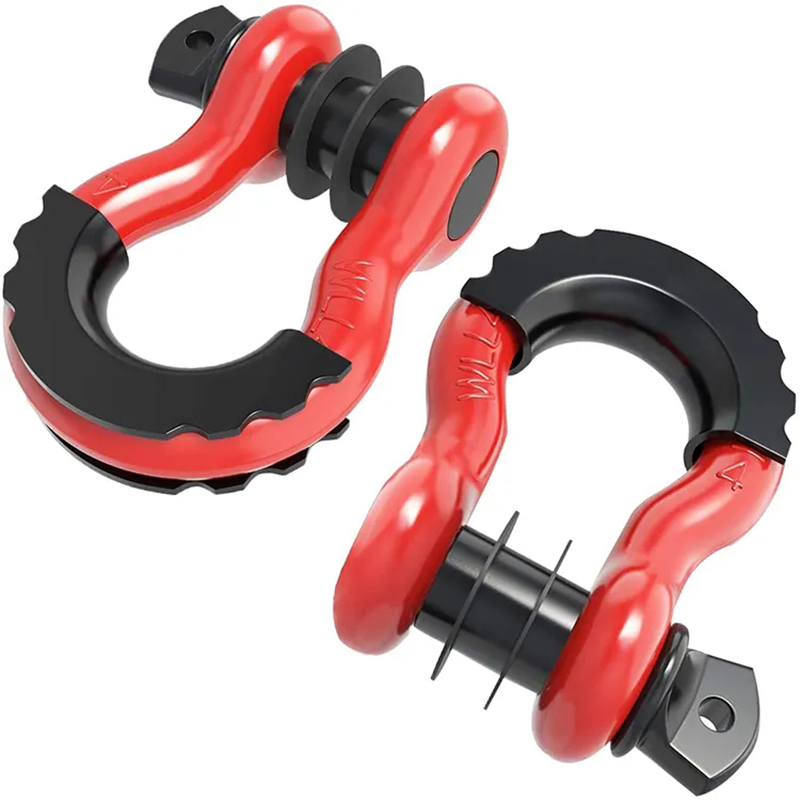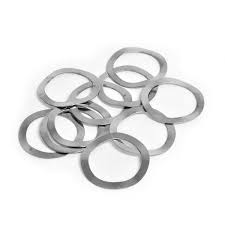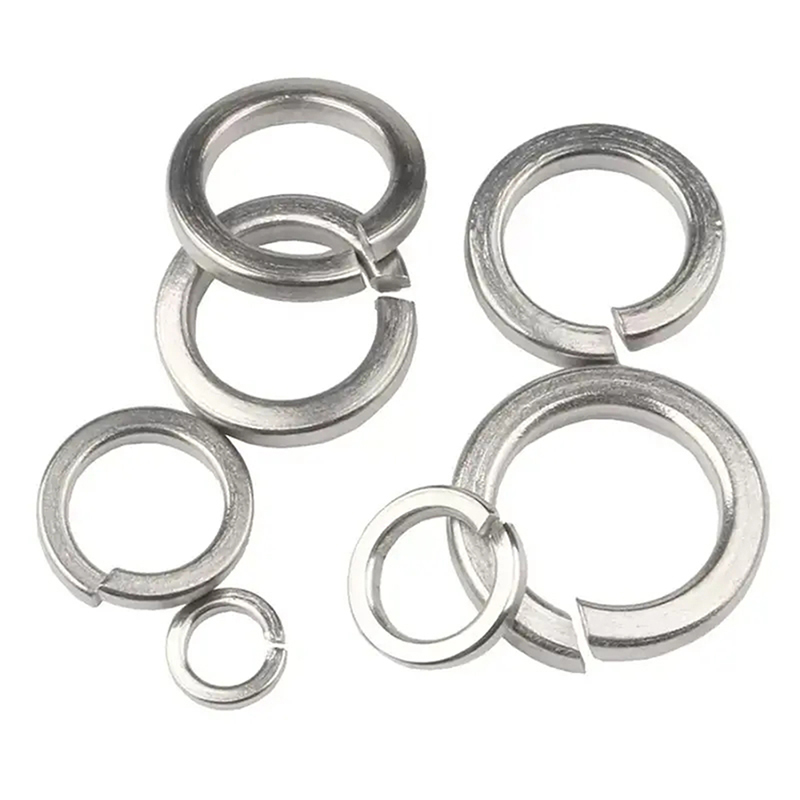

This guide provides a detailed overview of the DIN 933 M12 standard metric hex bolt, covering its specifications, applications, material properties, and common uses. Learn about its key features and how to select the right bolt for your specific needs. We’ll also explore related standards and offer insights into ensuring proper installation and maintenance.
DIN 933 is a German standard (Deutsche Industrie Norm) that specifies the dimensions and tolerances for hex head bolts with a full thread. The M12 designation indicates a nominal diameter of 12 millimeters. These bolts are widely used in various industries due to their strength, reliability, and consistent manufacturing standards. The standard ensures interchangeability between bolts produced by different manufacturers, simplifying procurement and assembly processes. Understanding the DIN 933 M12 standard is crucial for engineers, technicians, and anyone working with threaded fasteners.
The DIN 933 M12 bolt has several key characteristics: a hexagonal head, a full thread extending to the head, and specific dimensions defined in the standard. These dimensions include the head width across flats, head height, thread pitch, and overall bolt length. These precise specifications are vital for ensuring a secure and reliable connection. Refer to the official DIN 933 standard for the exact dimensional details. The correct selection of bolt length is crucial to ensure sufficient thread engagement for optimal strength. Insufficient thread engagement can lead to premature failure.
DIN 933 M12 bolts are typically manufactured from various materials, with the choice depending on the intended application and environmental conditions. Common materials include:
The material properties, such as tensile strength and yield strength, are critical factors in determining the bolt's load-bearing capacity. These properties are usually specified in the material's datasheet, readily available from suppliers like Hebei Dewell Metal Products Co., LTD. Always select a bolt material appropriate for the intended load and environment.
The versatility of the DIN 933 M12 bolt makes it suitable for a wide range of applications across various industries. Some common uses include:
Choosing the appropriate DIN 933 M12 bolt requires considering several factors:
| Property | Steel | Stainless Steel (e.g., A2) |
|---|---|---|
| Corrosion Resistance | Low | High |
| Tensile Strength | High | Lower than comparable steel |
| Cost | Lower | Higher |
| Typical Applications | Indoor applications, where corrosion is less of a concern | Outdoor, marine, or corrosive environments |
Note: The values in this table are general and can vary depending on the specific grade of steel and stainless steel used. Always consult the manufacturer's specifications for accurate data.
Remember to always consult the official DIN 933 standard and the manufacturer's specifications for precise details and recommendations regarding the use of DIN 933 M12 bolts. Proper installation techniques are crucial for ensuring the structural integrity and longevity of the fastened joint.


